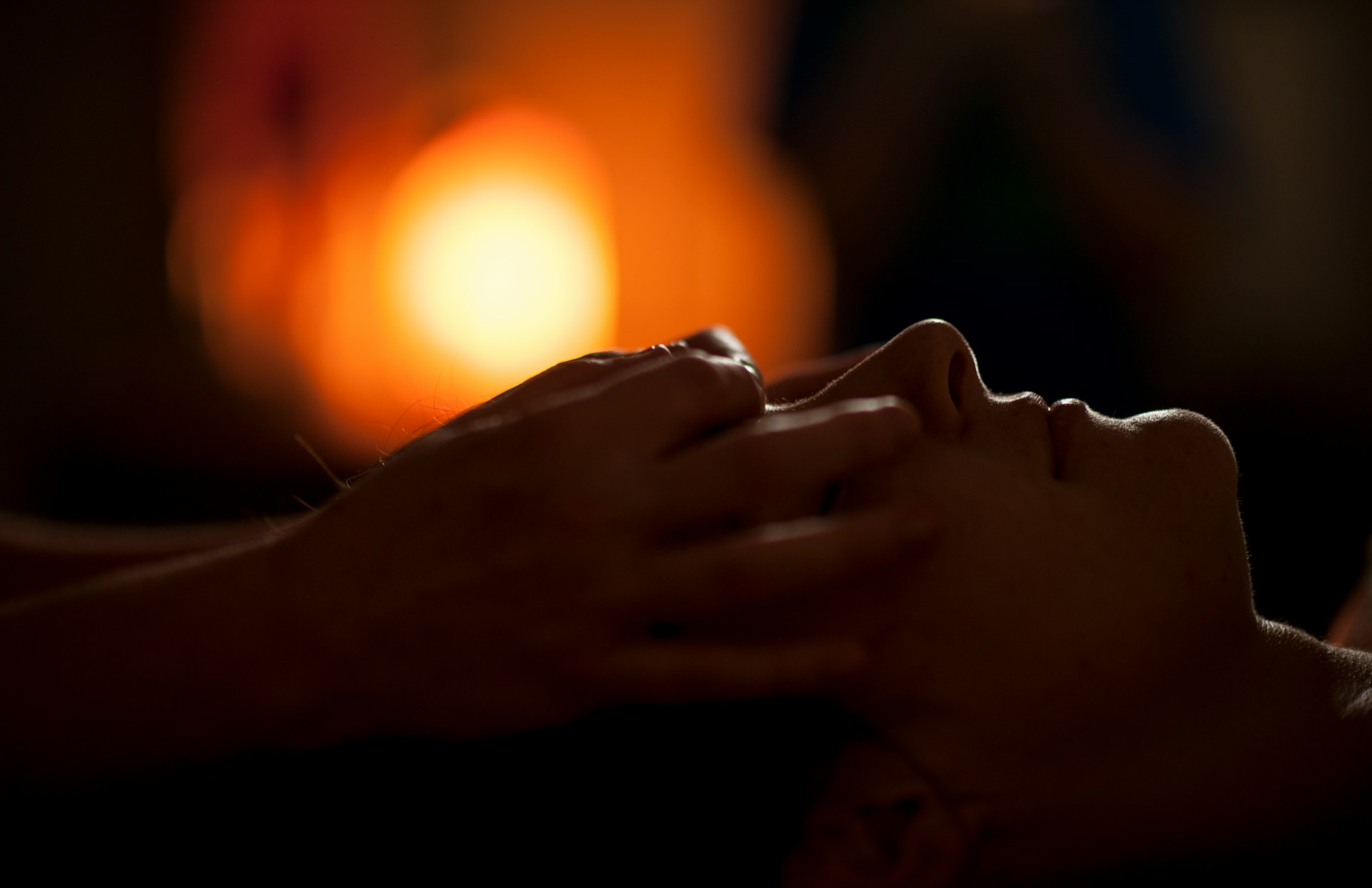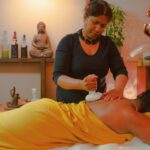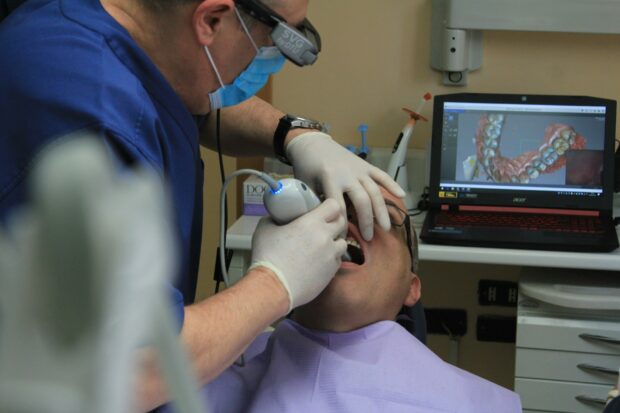
Becoming a licensed massage therapist is a rewarding career move, offering flexibility, fulfillment, and the ability to make a real difference in people’s lives.
Whether you’re passionate about wellness, fascinated by anatomy, or aiming for a stable career in a growing industry, massage therapy is an excellent choice.
If you’re ready to take the next step but feel uncertain about where to begin, this guide will walk you through the licensing process, including key steps, educational requirements, and the resources available to help.
What Is Required to Become a Licensed Massage Therapist?
The licensing requirements to become a massage therapist vary slightly depending on where you live, but one thing remains consistent across regions: training and a focus on education.
Massage therapy professionals must complete rigorous coursework, develop hands-on skills, and pass exams to demonstrate they meet professional competency standards.
Understanding the certification process and licensing steps can ensure your path to becoming a licensed massage therapist is both smooth and successful.
The Benefits of Getting Licensed
Before detailing the process, let’s explore why becoming licensed is necessary and advantageous for both your career and your professional credibility.
- Credibility: A license demonstrates professionalism and ensures your clients know they are in skilled hands.
- Broader Career Opportunities: Many spas, clinics, and wellness centers require therapists to hold a license.
- Legal Authorization: Licensing ensures you’re meeting state or provincial requirements to practice legally.
Step-by-Step Guide to Getting Licensed
1. Research Massage School Options
Your first step is enrolling in a qualified massage therapy school. Institutions offer comprehensive programs with proven success rates over several decades.
What to look for in a school:
- Recognized licensing exam preparation
- Hands-on clinical experience
- Flexible scheduling for coursework
- Access to expert faculty and resources
Educational institutions often provide opportunities for board exam review classes and practice tests, helping you prepare to meet licensing standards.
2. Complete a Massage Therapy Program
A massage therapy program typically includes two essential components:
- Academic Coursework: Study foundational topics such as anatomy, physiology, pathology, and business ethics.
- Hands-On Training: Gain real-world experience through clinical practice with instructors guiding you along the way.
Many programs are competency-based, ensuring you graduate ready to excel in the workplace.
3. Understand the Certification Process
Once you’ve completed your education, you’ll need to plan for any required exams or certifications.
For example, common steps may involve:
- Registering for licensing exams like the CCHPBC Exam in Canadian provinces.
- Studying industry-standard texts or leveraging prep resources provided by your school.
- Completing any additional hours of study required by your local government for licensing purposes.
4. Pass the Licensing Exam
A critical step is completing your region’s licensing exam. The exam often includes:
- A Practical Component: Demonstrating your understanding of massage techniques and client care.
- A Written Component: Testing your theoretical knowledge, including anatomy and laws governing massage therapy.
5. Apply for a Massage Therapy License
Following your exam success, it’s time to apply for your license. You’ll likely need:
- Proof of passing your massage therapy program.
- Exam results with a passing score.
- Payment of an application fee.
- Additional documentation such as CPR or first-aid certification.
6. Start Practicing and Building Your Career
With your license in hand, you’re ready to launch your career. To build a successful practice:
- Expand Your Knowledge: Stay updated on new techniques and trends within the wellness industry.
- Join a Network: Tap into resources like public clinic internships or outreach programs offered by an accredited massage school
- Build Clientele: Foster client relationships and gain positive testimonials to grow your business.
FAQs About Massage Therapy Licensing
Q: Is licensing mandatory for all massage therapists?
A: Yes, in most states, provinces, or countries, licensing is mandatory to practice legally and professionally.
Q: How long does it take to become a licensed massage therapist?
A: On average, completing an accredited program takes 1–2 years, followed by additional time for exam prep and licensing.
Q: Can I work while studying for my license?
A: Most programs offer flexible learning schedules, allowing students to balance studies with other responsibilities. However, it’s essential not to practice without proper credentials.
Q: Do programs offer post-graduation support?
A: Reputable schools often guide finding employment, preparing for the workforce, and continuing education.
Start Your Path to Becoming a Licensed Massage Therapist
Earning your massage therapy license is your ticket to a fulfilling, flexible, and impactful career.
By following the licensing steps, completing the certification process, and making the most of your education, you’ll be equipped to make a difference one session at a time.
Interested in taking the first step? Explore https://collegeofmassage.com/new-westminster/ and begin your path toward a rewarding career today.






